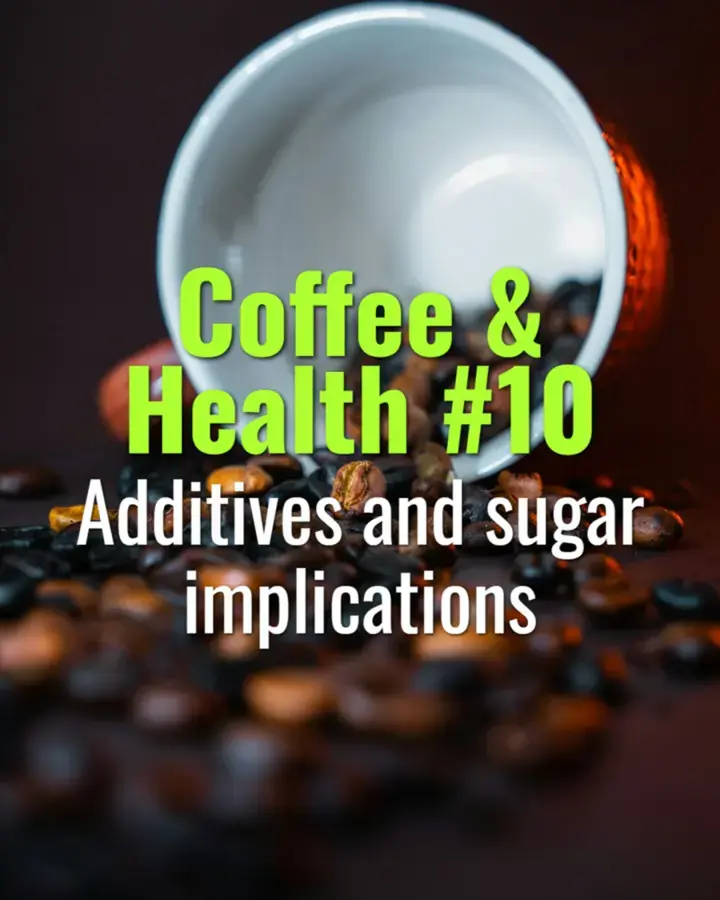
Additives and sugar implications
How common coffee additives—especially sugar, syrups, and flavored creams—affect health, and strategies to balance indulgence with wellness.

How common coffee additives—especially sugar, syrups, and flavored creams—affect health, and strategies to balance indulgence with wellness.
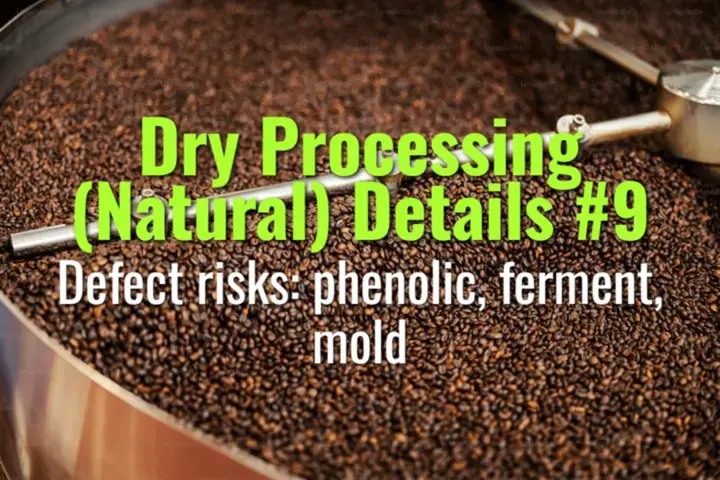
This topic explains the main defect risks in natural (dry) coffee processing—phenolic, ferment, and mold defects—how they arise, and strategies for prevention.
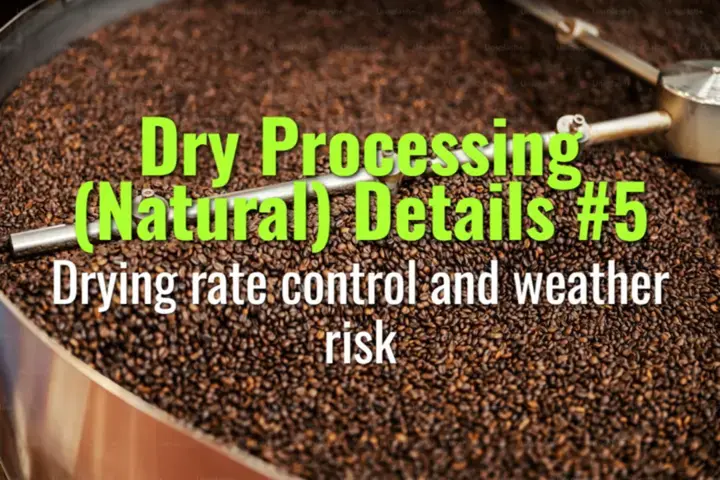
This topic explains how controlling the drying rate and managing weather risks are essential in natural (dry) coffee processing to ensure stability, flavor quality, and defect prevention.
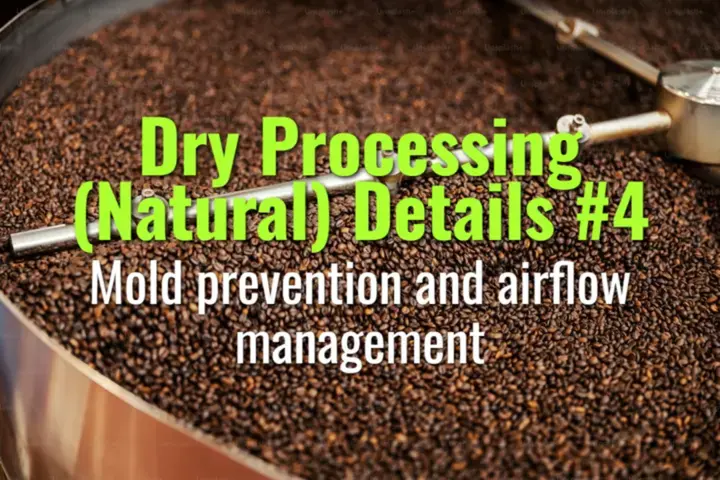
This topic explains how mold prevention and airflow management are critical in natural (dry) coffee processing, and the best practices farmers use to keep beans clean, safe, and high-quality.
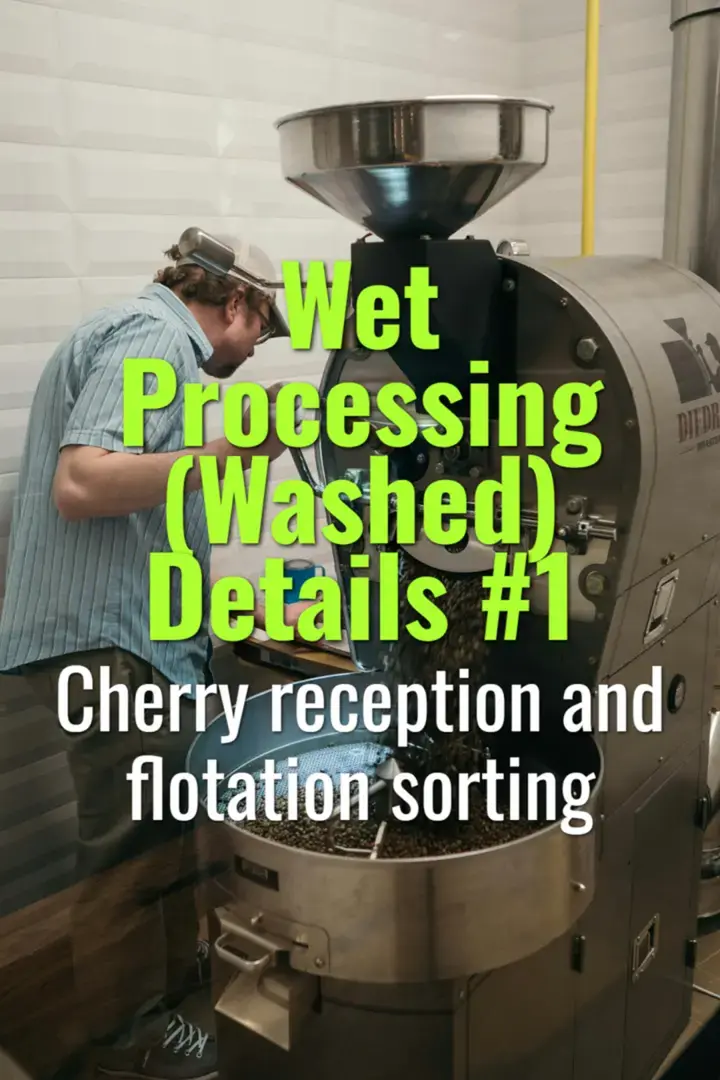
This topic explains the first steps in washed coffee processing—cherry reception and flotation sorting—detailing how farmers ensure only ripe, quality cherries move forward in the process.
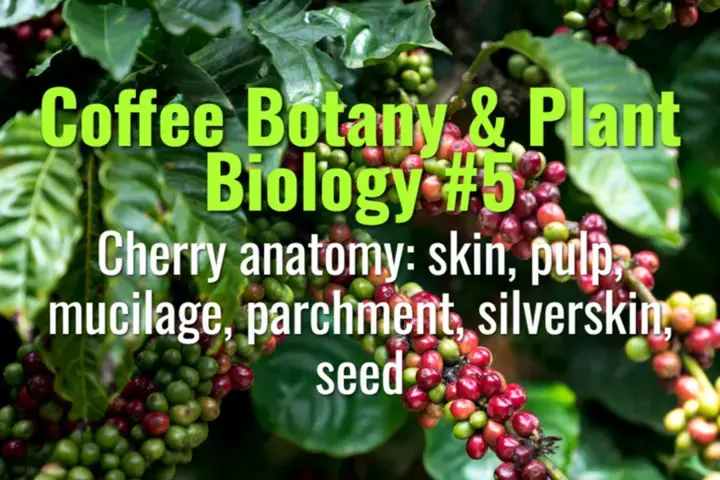
This topic breaks down the structure of the coffee cherry, layer by layer, showing how each part influences processing, flavor development, and the quality of the final cup.